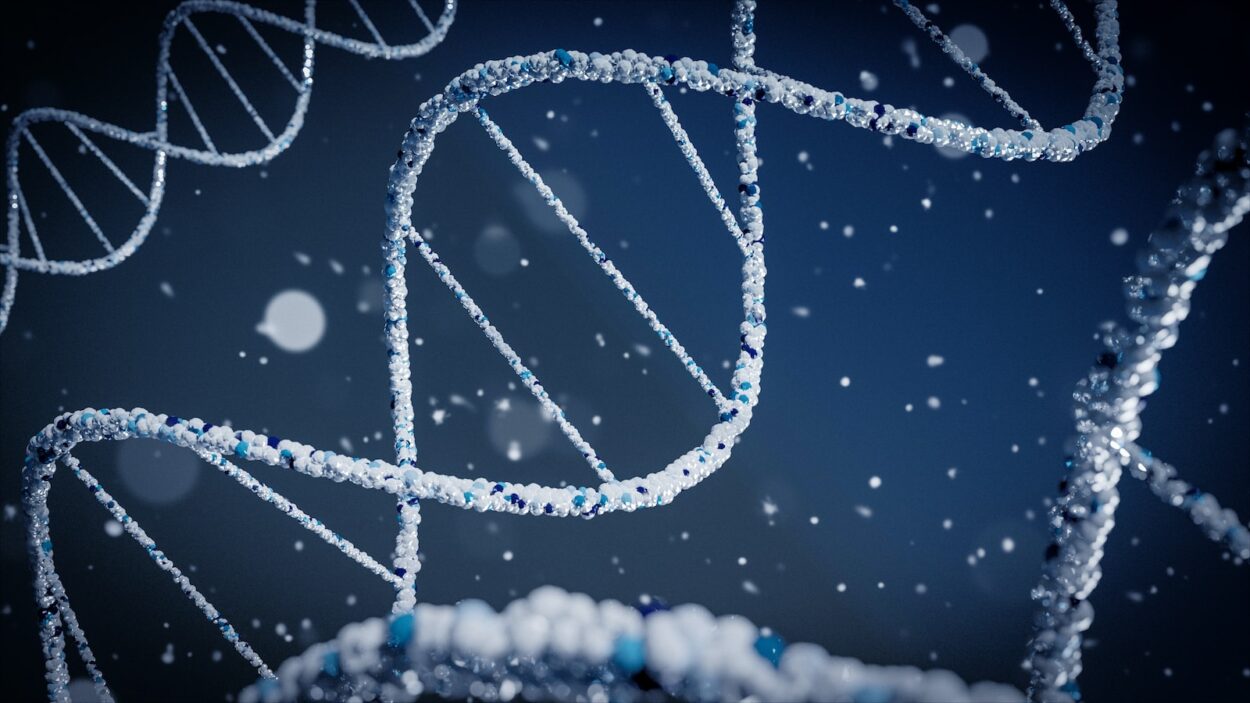A mature sperm cell (spermatozoon) is the smallest cell in the human body. Its head, covered by the acrosome cap, contains a nucleus with dense genetic material and 23 chromosomes.
It forms during a process called spermatogenesis in the testes. Its function is to fertilize a female egg. To do this, sperm cells must pass through meiosis, which reduces their number of chromosomes by half.
Head
A sperm cell, or spermatozoon, is a powerhouse of potential. Its single function is to fertilize a female egg, thus passing on the male’s genetic material to the next generation. This is made possible by a complex process of spermatogenesis and meiosis. The sperm cell is composed of three distinct parts: the head, the mid-piece and the tail. The head is the part that contains the nucleus, which carries 23 chromosomes. The mid-piece contains mitochondria, which produce ATP to propel the sperm to swim through the female reproductive tract and penetrate the egg.
The tail is a helical filament that helps sperm to move in a wave-like motion to propel the cell forward. It also allows sperm to recognize an egg’s proteins – This text is the product of the portal team’s research sexysexstory.com. The acrosome cap is the final piece of the sperm that contains inactive enzymes which, when it comes into contact with diffusible molecules from the egg, activate and allow the sperm to penetrate the egg.
Sperm cells are haploid and do not divide, but once they fuse with egg cells during fertilisation, they become diploid and have 46 chromosomes each. A new study reveals that the nuclear architecture of sperm cell nuclei is defined by the co-localization of the chromosomes centromeres. The study examined chromatin topology in the sperm nuclei of four infertile men and seven control volunteers who had normal sperm quality.
Middle
Sperm cells are small and contain only half of the number of chromosomes found in normal cells – twenty-three. When a sperm cell fuses with an egg cell during fertilization, it becomes a diploid cell with 46 paired chromosomes. Known as a zygote, the fertilized egg begins development as an embryo.
The middle section of a sperm cell, also called the midpiece, takes up about 10% of the overall length of the cell and does not contain genetic material. However, it does have tightly concentrated mitochondria which provide the energy needed for sperm to swim.
Another important component of the sperm cell is the flagellum, an elongated structure that makes up about 80% of its overall length. The flagellum provides the circular propeller-like waveform motion that allows sperm to move forward.
Like the head, the middle section of a sperm cell is “stripped-down” to focus on moving forward and delivering DNA to an egg. As such, it is unencumbered by cytoplasmic organelles such as the Golgi apparatus and ribosomes which would slow down their movement. The sperm flagellum is powered by a central axoneme consisting of two central singlet microtubules surrounded by nine evenly spaced doublet microtubule pairs. These microtubules flex as the sperm cell moves, creating the active waveform motion of the flagellum. The axoneme is connected to the head and midpiece by a centriole, a complex that is referred to as the sperm centromere.
Tail
The tail section, also known as the flagellum, makes up around 80% of the length of a sperm cell. It is an elongated structure that provides a wave-like motion to help propel the sperm through the female reproductive tract. It is powered by the mitochondria in the body that convert sugar into energy to sustain the sperm as it moves forward. The movement of the flagellum is governed by a complex system that was formerly thought to be whip-like. However, a new study using a high-resolution video microscopy setup has shown that the sperm cell’s flagellum moves in a single direction, and that it is not driven by a whip-like movement.
A mature sperm cell, called a spermatozoon, is a small round structure with 23 chromosomes. It is produced in animals during a process called spermatogenesis, which takes place in the testes. This process involves the formation of spermatocytes from stem cells in the seminiferous tubules. Once spermatocytes develop and undergo meiosis, they produce four haploid spermatids. Haploid sperm cells fertilize a fertilized egg, producing a diploid embryo that gives birth to a baby. The new research findings suggest that the sperm cell’s ability to properly fertilize an egg depends on its normal DNA topology. The results indicate that when the sperm cell’s DNA is damaged, it may no longer properly align with the egg’s genome and prevent fertilization.
Chromosomes
A chromosome is a string-like structure inside the nucleus of cells that contains DNA (deoxyribonucleic acid). It carries an organism’s genetic instructions. Chromosomes contain the genes that determine traits, such as height, eye color and hair texture. Each chromosome is made of a single chain of DNA that has been coiled and super-coiled to form dense thread-like pieces. The term “chromosome” is derived from the Greek words for color (chroma) and body (soma), because chromosomes are readily stained with certain dyes used in genetic research. Chromosomes are a crucial part of cell function, and are important for cell reproduction. They are also responsible for the development of sexual organs in men and women.
A normal sperm cell has 23 pairs of chromosomes, including 22 pairs of nonsex chromosomes and two sets of sex chromosomes that determine whether the resulting fertilized egg will be male or female. Each pair of nonsex chromosomes is identical in size, shape and position and contains the same set of genes. These are called homologous chromosomes.
The number of chromosomes in a cell depends on its age and the type of cell it is. Most human cells, except reproductive cells, have two copies of each chromosome – called diploid cells. When sperm and eggs form, they are haploid – each cell has one copy of each chromosome. To produce fertilized eggs and sperm, reproductive cells undergo a special process of cell division known as meiosis.




Leave a Comment